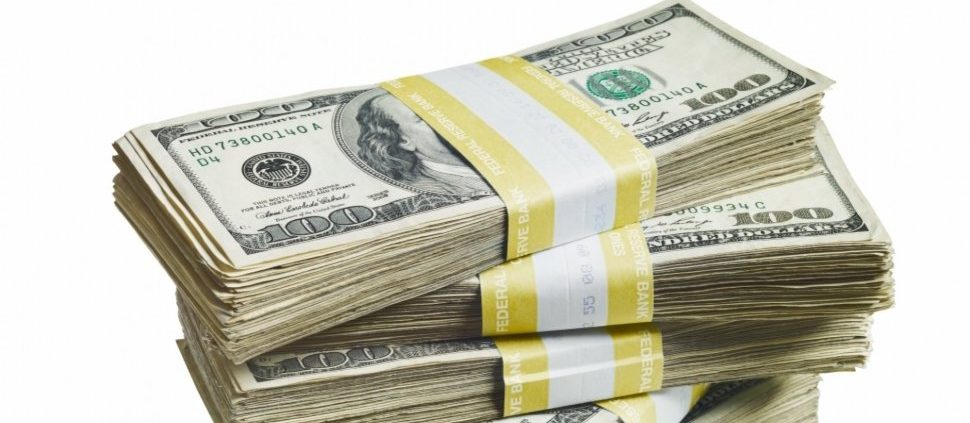Influencer Marketing has been at the forefront of Digital Marketing for the past few years, but attribution modeling has proved challenging. Nielson Catalina Solutions proves that Influencer Marketing drives measurable retail sales lift for CPG brands.
Nielsen Catalina Solutions in partnership with TapInfluence and WhiteWave Foods released a case study that proves Influencer Marketing delivers $285 incremental sales per 1000 views, and TapInfluence shows this to be 11 times ROI over all other forms of Digital Media.
This is music to the ears of content creators and social media influencers who have, for years, known that authentic promotion of brands is substantially more impactful than say a banner ad. Until today, however, they couldn’t prove it.
I happened to be on-site with TapInfluence when this news was announced. I also had the chance to speak directly to Rustin Banks, the Chief Product Officer and Co-Founder of TapInfluence, who is leading the measurement practice. What I’m about to share with you will forever change the nature of the Influencer Marketing conversation. Now we can prove, definitively, the measurable sales lift that the right content delivered by the right influencers has on retail sales volume.
Why Influencer Marketing Is So Powerful
I believe Francesca Cruz, VP of Sales for TapInfluence, said it best, “Great content is expensive to create and yet it rarely gets seen because most companies publish it on their own channels. Brands end up paying for distribution and content creation. Influencer Marketing, however, delivers both content creation and distribution for a much cheaper price, is more authentic, more engaging and drives ROI at an order of magnitude greater than all other forms of digital media.”
Read that last part again, because it’s the crux of the study and is the start of a conversation you’re going to be hearing about for the next 3 to 5 years.
Clinging to the Embarrassing Results of Banner Ads
Knowing this, why do so many smart companies cling to a marketing tactic that has been proven to be 99.9% ineffective? Look, I have a soft spot in my heart for banner ads because I build one of the very first ones for MasterCard on Yahoo in early 1995. Back then, we were seeing double digit click-through rates and so there was no wonder the banner ad industry exploded. But when you’re seeing 0.06% effectiveness, it’s downright irresponsible to keep moving forward with a totally ineffective digital marketing tactic.
So why do CMOs and VPs of Marketing still cling to the banner ad? Because, despite the continual rise of ad blocking and the massive amount of ad fraud, the banner ad is the unit of currency that has proliferated the publishing world and has delivered billions of “impressions” programmatically.
This is the rub. Programmatic media buying is built on banner ads and has become the lazy marketers solution to digital media buying. Until today, it was an acceptable solution to a brands request to advertise online. And while it’s known that banner ads deliver a 0.06% CTR, at least it’s measurable, right?
Influencer Marketing is the Viable, Measurable Alternative
Rustin Banks, Co-founder of TapInfluence, says “Companies like Disney have told me that the last step for big dollars to flow into Influencer Marketing is measurement. With this study, we’re about to see a sea change in media dollar allocations.”
With the data to prove it, I would agree. And as Banks points out, this is not earned media value. This is actual sales lift. Real revenue directly tied to marketing spend. Below is the infographic that they prepared as part of this announcement. I encourage you to read the full report as you’re going to want to know more about the measurable impact Influencer Marketing will have on your business.
I’m so excited about this historic report. Let’s take this conversation to Facebook and discuss the many implications of this study. This is only the beginning.




